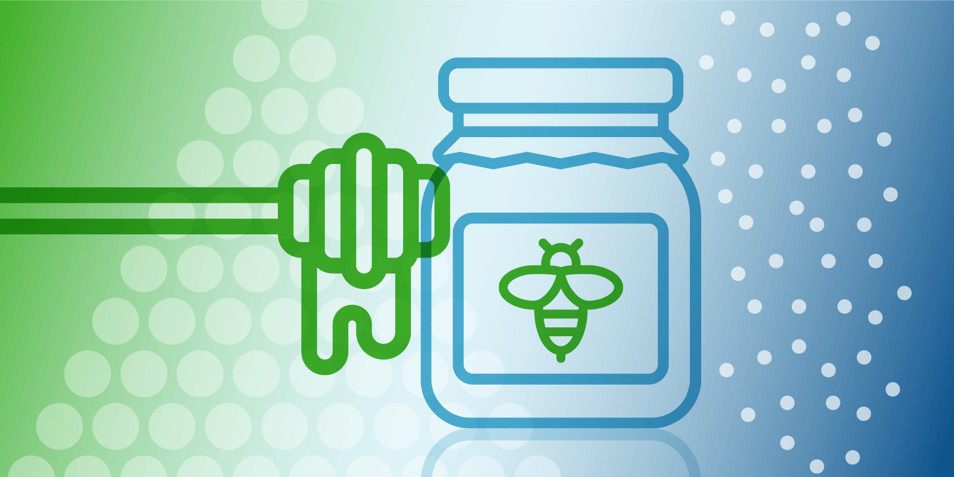
- Home
- PLM & Compliance Blog
- Questions from the industry—Compliant practices for added sugar and natural alternatives
Questions from the industry—Compliant practices for added sugar and natural alternatives
|
Food & Beverage
Posted By:
Trace One

As part of Trace One’s “Go Natural – Part 2” webinar series, Regulatory Affairs and compliance professionals got a detailed look at clean label strategies and how it can be used as an alternative to naturals claims. During the session, our subject-matter experts delved into some of the complexity of ingredients that can be used in lieu of added sugars while still being clean label compliant. This led to several great audience questions.
This blog post is the fourth in our "Go Natural" series. View the other posts below:
It's only natural to be confused about naturals
Looking at natural claims around the globe
Questions from the industry-Naturals claims in food manufacturing
Here’s how our panel of industry experts responded:
Why would honey be considered an added sugar?
It is true that honey contains naturally occurring sugars and can be considered a natural ingredient in which no sugars were added, but the added sugar claim will come down to how the ingredient is used.
If, for example, honey is added for sweetness, the product cannot claim no added sugars. In some regulatory contexts, however it could claim natural sweetness, as the naturality is derived from the honey.
We have to consider different aspects before making any ingredient or product claim. We know honey as a natural product, but the label strategy has to consider its relationship with other ingredients and how it’s being used.
Can Trace One Regulatory Compliance monitor guidelines and recalls?
Trace One Regulatory Compliance contains a suite of tools to stay current on food trends, including regulatory changes and food safety events. With the Food News Monitoring System and Food Law Library, you can globally monitor guidelines and recalls, allowing you to minimize compliance risk within your product portfolio.
By subscribing to specific food categories and markets, you let the system track and extract regulatory insights and deliver alerts directly to your inbox. This saves precious time by keeping your market guidelines straight and your messaging strategies compliant.
Is it possible to declare “stevia” instead of “stevia glycosides” since consumers might not know the later?
This really depends on the country’s specific regulations for labelling stevia.
Stevia can be a good ingredient alternative to sugar additives when permitted, but there’s a lot of questions around the ingredient. There are different levels of processes in extracting sweetness, or stevia glycosides, from the plant. Because of this, the naturality of stevia is questioned and messaging claims vary.
What does it mean in the US if stevia glycosides have GRAS status?
There’s a very specific regulatory approval process for ingredients like stevia and monk fruit. The FDA receives a request for use of stevia glycosides or monk fruit. All details, including preparation, extraction procedure, and additive functions in a product, are considered by the agency.
In this case, the FDA gave a no-question letter, which means the FDA accepts use of stevia glycosides to details provided in the application.